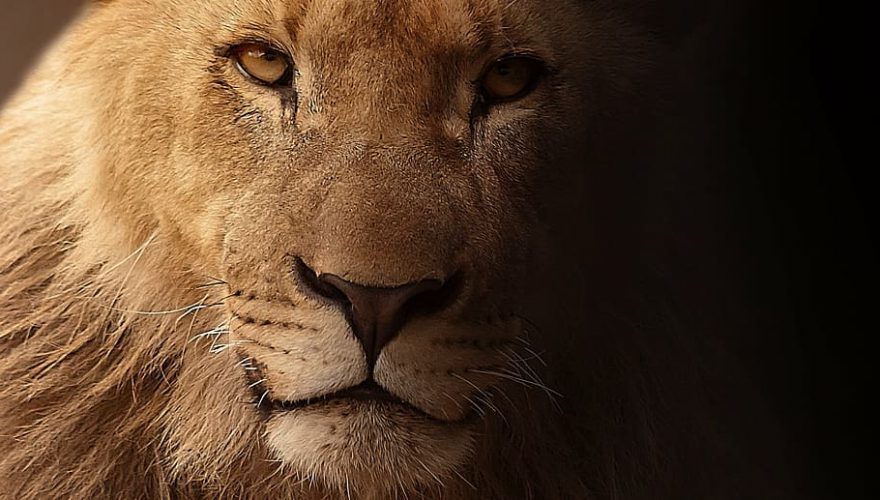that the hunting trophies They help conservation is a big lie. Despite the growing crisis of biodiversity As the world experiences, it is still legal to hunt endangered species for trophies. Therefore, elephants, rhinos, leopards, lions and polar bears are often victims of this cruel practice.
The EU is the second largest importer of this type of ‘vicious prey’ in the world, with almost 15,000 individual animal hunting trophies imported between 2014 and 2018 alone. The industry often uses wrong messages (and sometimes outright misconceptions) to justify its actions. But a new report, published by thirty NGOs from across Europe and Africa, takes these myths scientifically and debunks them one by one.
Myth: Hunting trophies aid conservation efforts
Fact: Negatively affects populations of protected and endangered species
Hunters often choose young, large or strong animals to kill because they ‘look better’ than older or sick animals. In this way they only endanger the genetic pool of a population. Something that will negatively affect their long-term survival.
This also undermines the efforts of local communities and NGOs who strive to inform and educate to achieve coexistence with these animals for their conservation. Because these practices normalize the killing of animals for personal pleasure and in exchange for money.
Myth: Hunting trophies benefit local communities
Fact: It’s a lose-lose situation for communities
The industry of hunting trophies It is plagued by corruption and mismanagement. That maximizes profits for yacht officials, tour operators and government employees. Local communities benefit between $0.30 and $5.90 per capita per year. And this depends on the country. Often the money earned from hunting rights does not even reach local communities.
For most communities it is hunting trophies It’s a lose-lose situation. They lose their wildlife to foreign hunters. And they make no profit from the money produced by this deadly business. Trophy hunting does not only exploit wild animals nature. But it also robs local communities of their heritage and future existence.
Myth: The practice behind hunting trophies prevents poaching
Fact: Poaching and illegal practices are widespread in hunting areas
The evidence shows that there are a large number of incidents poaching in hunting areas, leading to the depletion of animal populations. This has been especially evident in the Selous Game Reserve in Tanzania. This is the largest hunting area in Africa. And between 2007 and 2014, about 55,000 elephants were poached there.
This situation caused an 80% population decline. In some cases, animals migrate from protected areas to reoccupy empty areas in hunting areas, ultimately falling victim to trophy hunting.
Myth: Hunting trophies reduce human-wildlife conflict
Fact: Hunting trophies exacerbate conflict between humans and animals
Trophy hunters often target large, more mature males, which often disrupts social dynamics and exacerbates conflicts with locals. This makes perfect sense, as social organizations without alpha males remain headless.
For example, elephants from populations that have been poached for extended periods of time often become wary of human settlements and may exhibit aggressive behavior.
Hunting can also encourage predators to enter the various towns near their territory more often. And when they do, they end up preying on farm animals, which are a readily available food source.
No more hunting trophies
There is increasing resistance against it hunting trophies by the public, Member States and NGOs, such as Eurogroup for Animals. Furthermore, the European Parliament has called for a ban on the import of trophies of protected species.
And Belgium, the Netherlands, France and Finland have already introduced or are in the process of introducing import restrictions. He 81% of citizens of the main European countries that import hunting trophies are against this practice and calling for an import ban.

